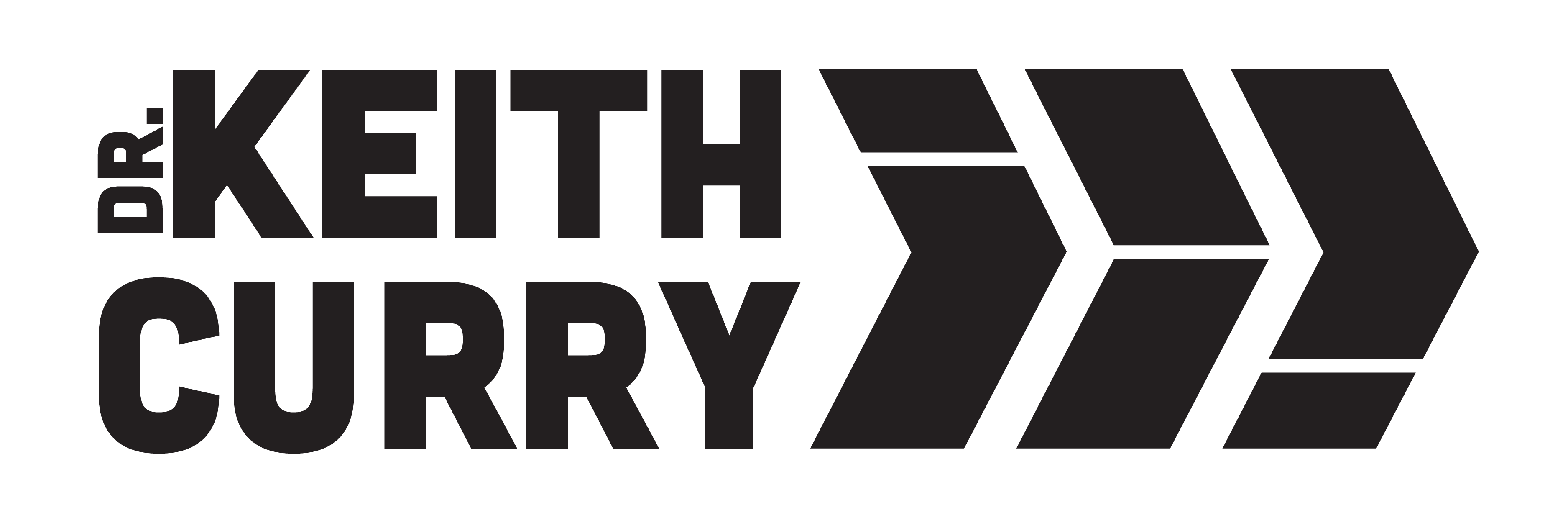The traditional pipeline from high school to college to career no longer serves the needs of many of today’s students. As an educational leader, I have struggled with how to create these pipelines, as you have to build and maintain relationships with K-12 districts, college/university partners, and the industries within your service area and outside your services area to support students’ success. Creating these types of pipelines takes time, plans, budget alignment, the ability to connect the work to existing structures and potential new structures, and trust among all parties.
The importance of trust cannot be understated. We must follow through on our commitments and promises and ultimately make sure students obtain jobs with liveable wages. Equally important is the need to understand structures and the potential to create new structures/systems to support our students. At Compton College, we developed a document for when we establish new partnerships or document activities with partners. The document provides our institution and partners the ability to share information about their existing activities/programs/services that support the proposed partnership, which allows us to examine the gaps in activities/programs/services that the partnership could address. Most importantly, it takes the will of the partners to continue the work, regardless of who is within our organizations.
Yes, I have struggled in this area, but that doesn’t mean I have given up on the possibilities of creating these unapologetic pipelines from high school (which, should really begin in middle school) to college to career. There is just so much potential– take, for example, the Compton Community Health Professions Partnership, which we just launched this fall semester with Charles R. Drew University of Medicine and Science, California State University, Dominguez Hills, Compton College, Compton Unified School District, St. John’s Community Health, and Kedren Health. Just recently, we added the County of Los Angeles Department of Economic Opportunity, and I anticipate more partners being added as we continue the many conversations.
Through this partnership, we have established a concept paper, a Memorandum of Understanding Between the Partners, a steering committee (which I am chairing for the first year), a workgroup that has a decision-maker from each of the partners, and various committees to implement the activities outlined in the concept paper. The Compton Community Health Professions Partnership is creating synergy for collaboration that could be a model for other regional communities across the country. In order to address the disparities in healthcare access and improve educational attainment for greater Compton area residents, this partnership will create a seamless pipeline for health professional education and training to forge areas of job growth in the greater Compton community. This partnership pipeline will begin in middle and high school for students at Compton Unified School District, leading into health professional degree programs at Compton College, California State University, Dominguez Hills, and Charles Drew University. The ultimate goal is for the partnership to lead students to health profession jobs within our community with organizations like St. John Community Health and Kedren Health.
The Compton Community Health Professions Partnership is just one example. States are increasingly promoting varied postsecondary pathways as they plan for greater workforce development, and, for me, in California, everyone is responding to the call to action, but at the end of the day, we need to ask ourselves: Are our students attaining jobs with liveable wages? Furthermore, students need access to multiple opportunities, including college and career pathways. Career pathway programs continue to grow as we move toward more career-aligned education, recognize more credentials than the traditional degree, and create more equity and opportunity for a diverse student population. Career pathways allow students to explore educational opportunities while offering more flexibility for career preparation.
More jobs are requiring some form of postsecondary education or training than ever before. Now, as it relates to Black Learners, currently, Black adults are overrepresented in low-wage jobs. Making career pathways more accessible to Black learners and communities of color creates a more diverse and equitable workforce. These pathways allow economic growth and mobility for Black communities. Creating greater access to career pathways for Black learners involves multiple stakeholders, from higher education institutions to policymakers and employers. Here are some of the ways in which these stakeholders promote career pathways:
- State investments – increased state investments in short-term credential pathways. It is estimated that states have invested more than $3.8 billion in these pathways, recognizing the importance and growing demand. (Murphy, 2023)
- Partnerships – Stronger partnerships between higher education institutions and the industry to create pathways to career-aligned credentials and opportunities.
- Institutional Support – Developing short-term credential programs that align with labor market needs and adding them to higher education institutions’ offerings.
These are just some of my thoughts; I think about how creating partnerships leads to other opportunities. Now, when I meet with partners, in this case regarding the Compton Community Health Professions Partnership, new opportunities are opened. Just this week, I had a meeting with the County of Los Angeles Department of Economic Opportunity regarding developing a curriculum for AI and to implement it with our local adult schools for adult learners. Also, at an event this week, I am sitting with colleagues from California State University, Dominguez Hills. I talked about how we could expand high school dual enrollment with them (I wish I could say more, but this is another thought I will share in the future). Partnerships lead to other opportunities; we need to understand it takes all of us working together to achieve the same goal: supporting our students to achieve their educational goals and improving educational attainment for all students.
- Murphy, S. M. (2023). (rep.). A Typology and Policy Landscape Analysis of State Investments in Short-term Credential Pathways (pp. 1–45). Austin, Texas: HCM Strategists, LLC.
